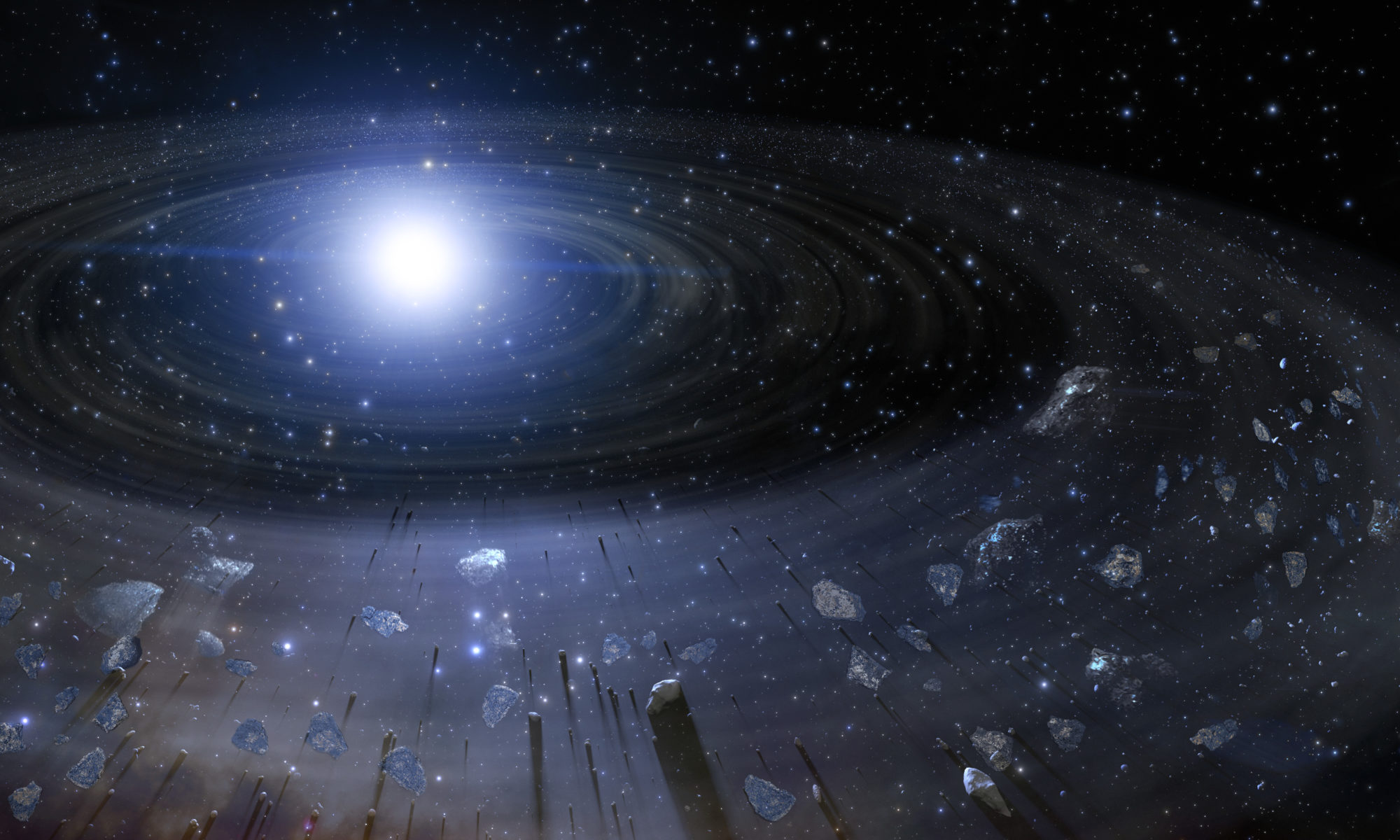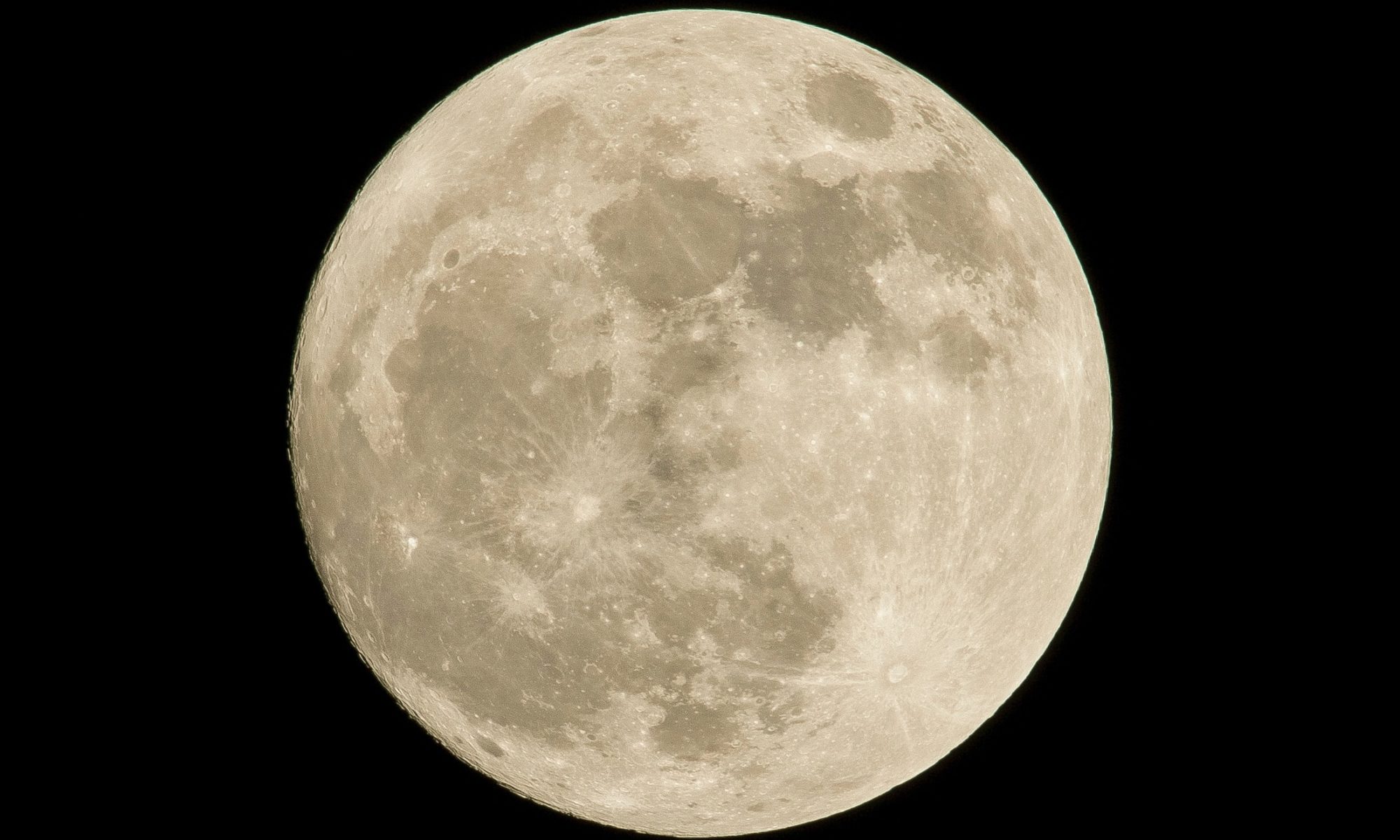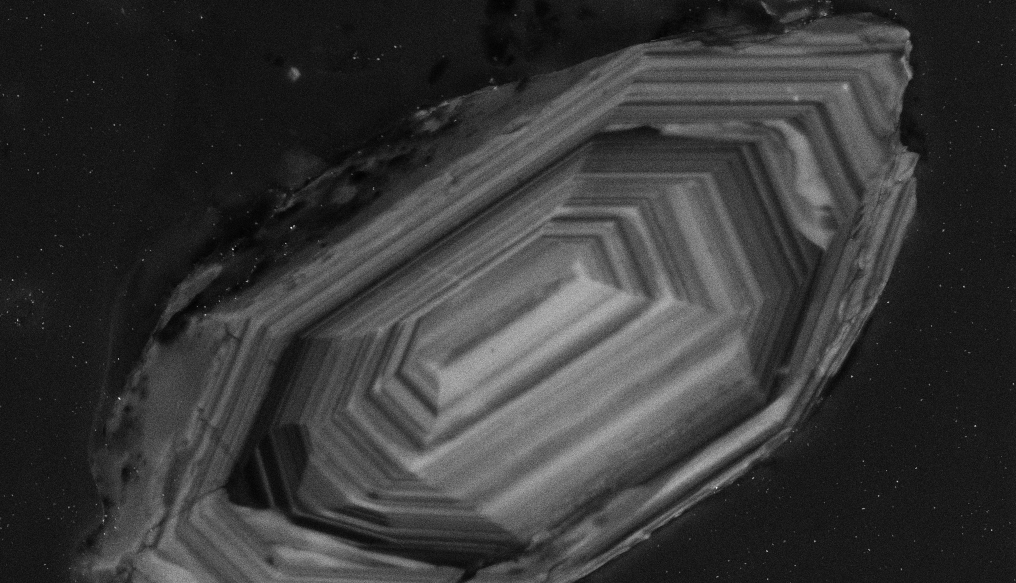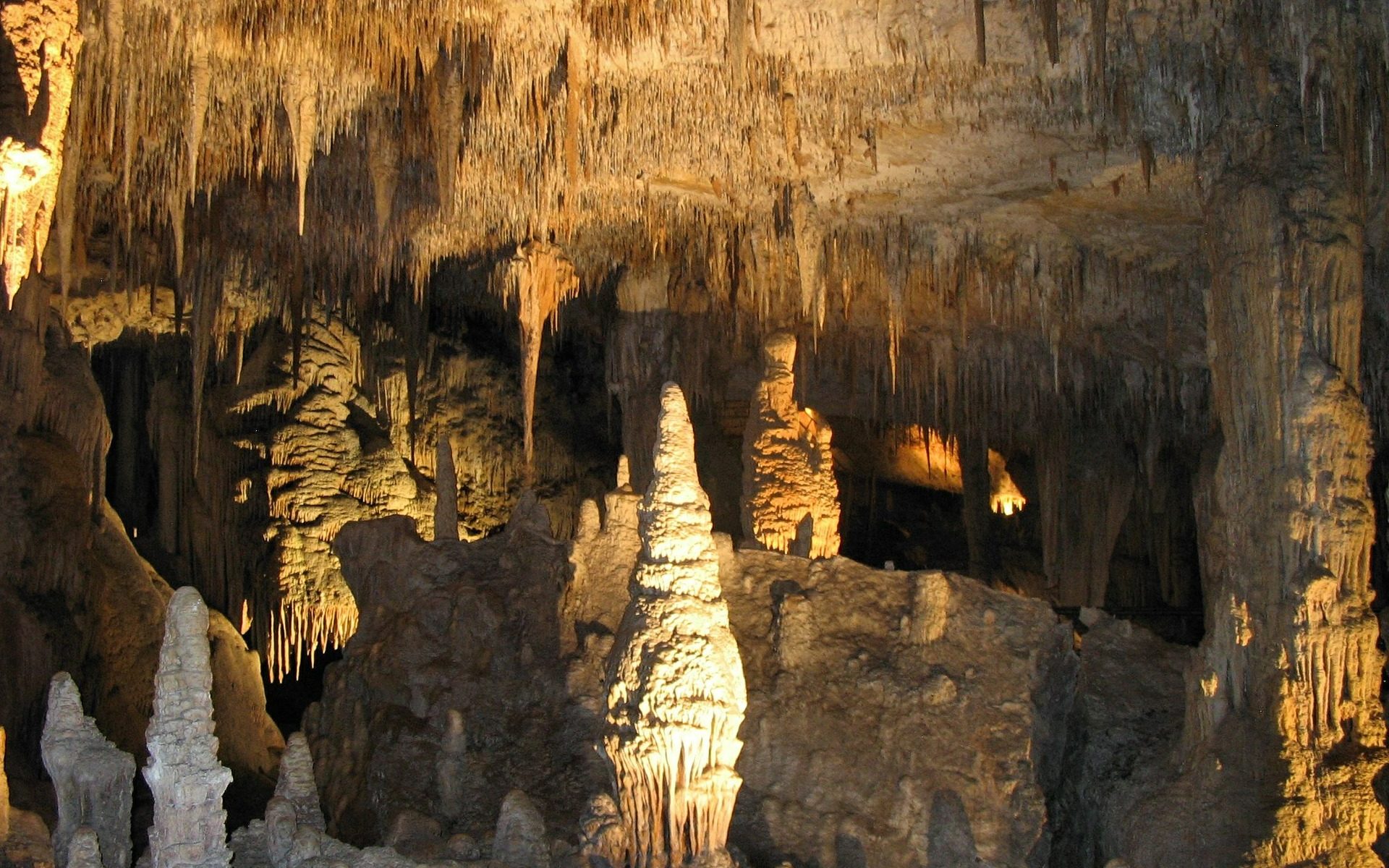Featuring image: Titan’s atmosphere is rich in organic molecules, but we still don’t know if there is life on Saturn’s icy moon. With JWST and the coming generation of telescopes, we will be able to observe the atmospheres of exoplanets. Is there a way to search for life on these distant worlds? NASA/JPL, public domain (CC0).
Paper: The case and context for atmospheric methane as an exoplanet biosignature
Authors: M. A. Thompson, J. Krissansen-Totton, N. Wogan, M. Telus and J. J. Fortney
Visiting and exploring exoplanets for extraterrestrial life still belong to the realm of science fiction. However, the coming generation of telescopes will enable us to look into the atmospheres of exoplanets and search for possible biosignatures, chemical compounds that could indicate the presence of life.
Searching for life on a planet is not a trivial task. Since the first Mars landing in 1976, scientists still search for recent or ancient traces of life. It becomes even more difficult on planets that we cannot directly visit. The next telescope generation will enable us to observe the atmosphere of distant planets remotely. Are there ways to find evidence of life in a planet’s atmosphere? A new study suggests that the freshly launched James Webb Space Telescope (JWST) could help us to search for life on other worlds.
Continue reading “How to connect methane in atmosphere to a planets geology and biology”







